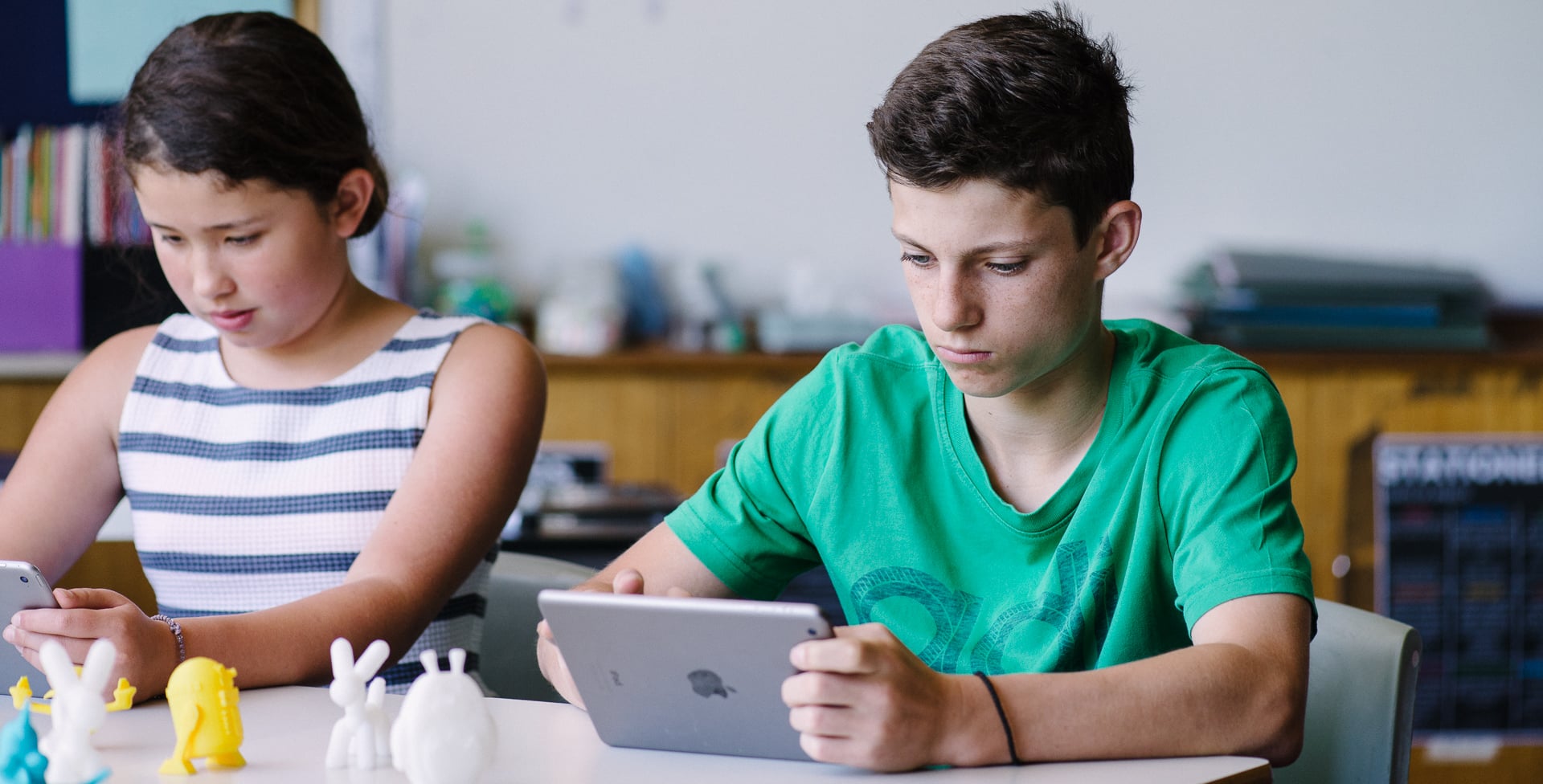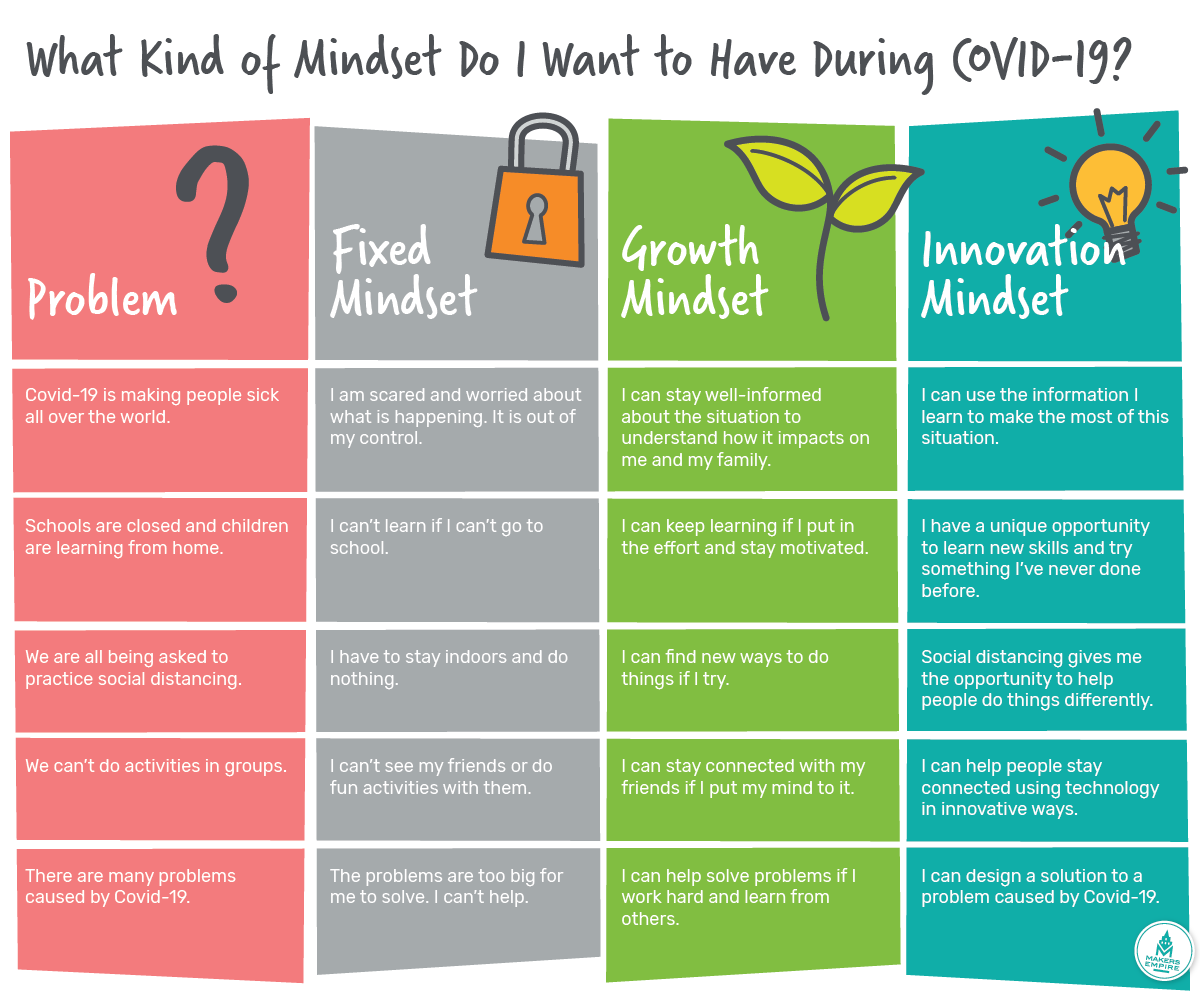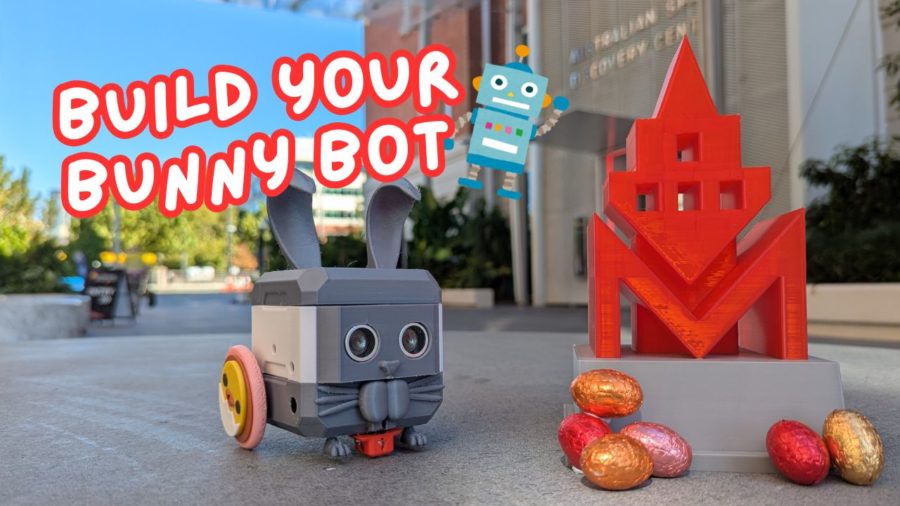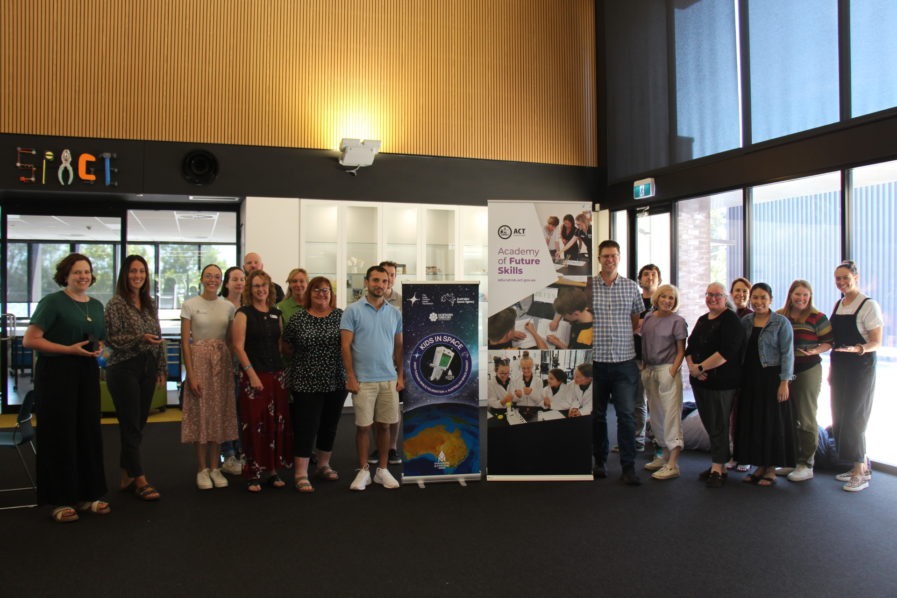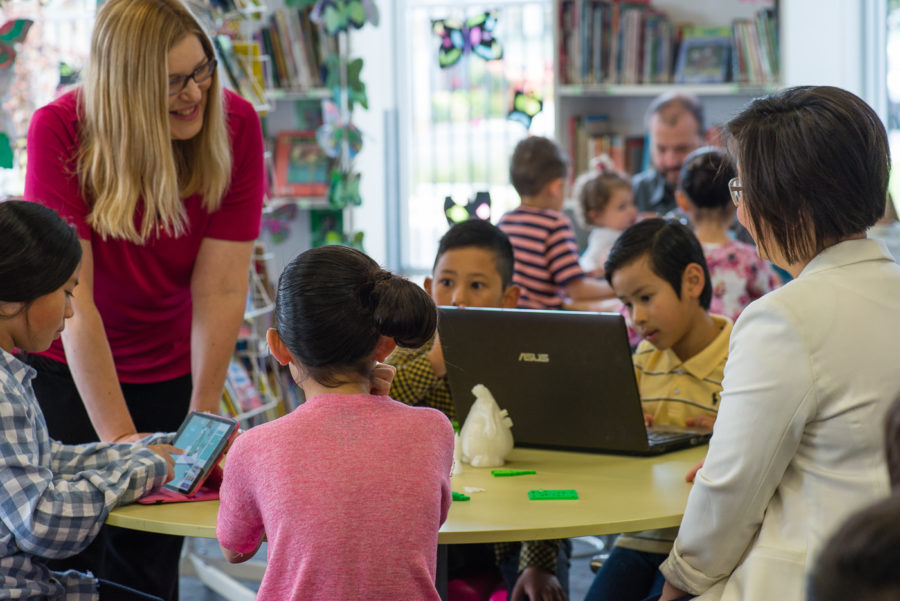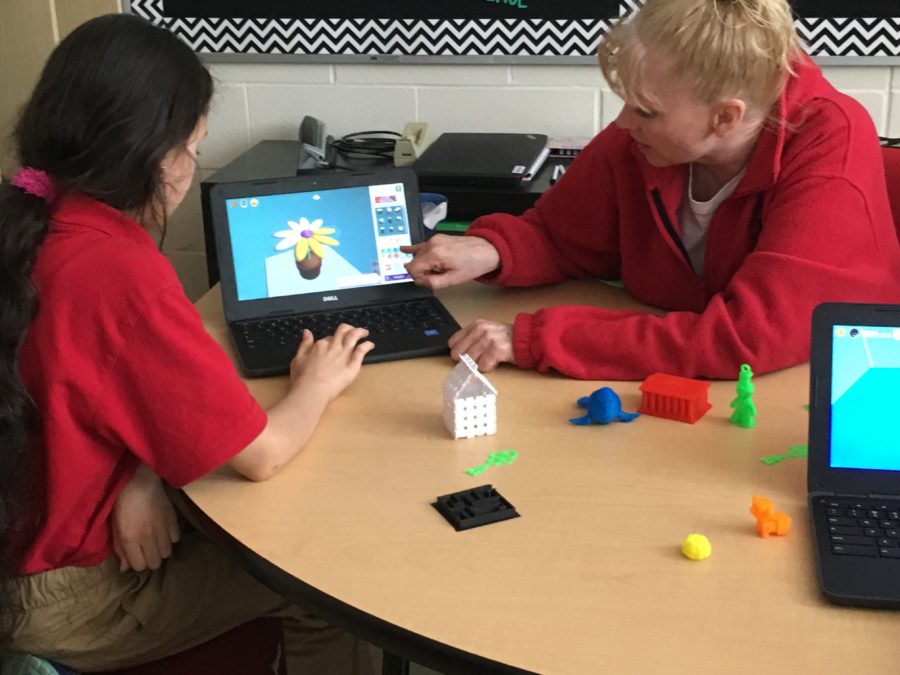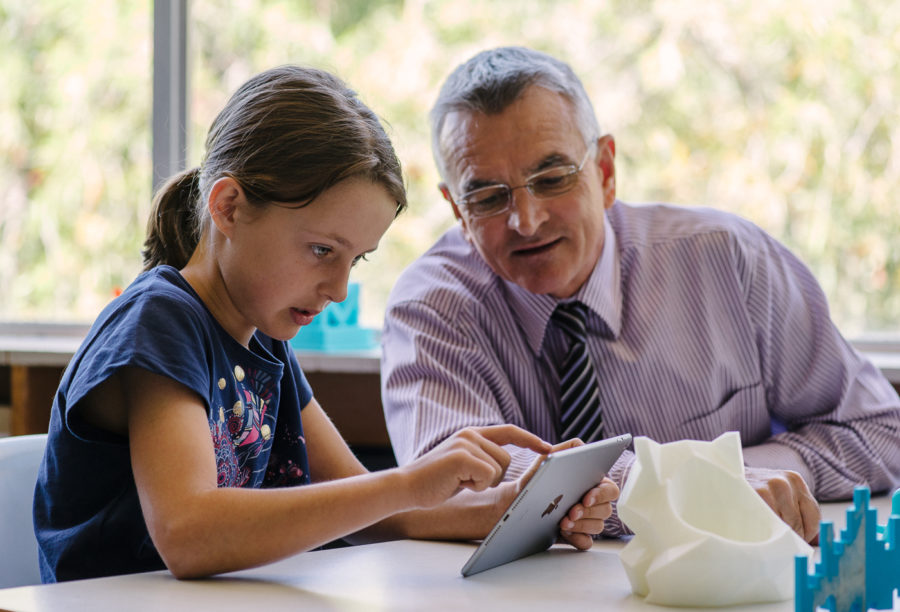Carol Dweck’s research into mindset, and in particular, Growth Mindset, is widely recognised around the world. Educators and leaders wanting to improve learning outcomes for all students are sitting up and taking notice of Dweck’s extensive body of work and looking at ways to develop a growth mindset in students.
Dweck has identified two mindsets that help explain how students see themselves as learners and influence how they behave as learners.
With a Fixed Mindset, people believe their basic qualities such as intelligence or talent, are fixed entities that they can’t change.
With a Growth Mindset, people believe that their intelligence, talents and abilities can be developed through persistence, effort and hard work.
Dweck tells us that people with a Growth Mindset are more likely to exhibit positive learning behaviours such as:
- accepting and embracing challenges
- seeing mistakes as learning opportunities
- seeking and listening to feedback
- persevering with difficult tasks
- practising and using strategies to improve
- asking questions to drive learning forward
- taking risks and trying new things
Developing Growth Mindset with Makers Empire
3D design and 3D printing are an ideal way to help students develop a growth mindset, normalise mistakes and ‘failures’, build resilience and promote persistence. Students learn to iterate on designs, to gain feedback from their peers, to test designs, to fix problems, and to keep working towards better solutions.
Makers Empire’s School Subscription includes easy to use 3D modeling software, 150 lesson plans aligned with American, Australian and international curricula and standards and accredited professional development for teachers. These are ideal tools and resources to support and encourage the development of a growth mindset.
Top 10 questions to ask students about 3D design & printing projects to help promote a growth mindset
Start with the question on the left, and then follow up with the statement and question on the right to reframe problems as opportunities for students.
1. Did something go wrong?
Great! How can you use this mistake to improve your design?
2. Finished?
Really? Have you put in the effort to achieve a result you are proud of?
3. Stuck?
Awesome! What can you try next? What other ways might there be?
4. Not happy with your design?
Fantastic! Who can you seek feedback from to make your design better?
5. Want to break the rules?
Excellent! What new ideas will you try? What risks will you take?
6. Finding it tricky?
Wonderful! What will you practice to get better? What strategies will you use?
7. Not the best?
Brilliant! Who can you learn more from?
8. Don’t know what to do?
Terrific! How will you tackle this challenge?
9. Easy?
Right! How can we make this more challenging for you?
10. Proud of your design?
Congratulations! Where to next? What are your goals?
Bonus: how to help students develop an innovation mindset during COVID-19 using real-world problem solving
Check out this awesome resource created to help you teach your students how to develop an innovation mindset and build resilience during COVID-19. This popular resource has been used in classrooms around the world to help students reframe everyday problems caused by COVID-19 as opportunities, feel empowered and positive and develop powerful critical thinking and problem-solving skills.

Mandi Dimitriadis
Mandi Dimitriadis, DipT. is the award-winning Director of Learning at Makers Empire. Mandi is an experienced classroom teacher who recognises the power of technology to enhance teaching and improve educational outcomes. Mandi has extensive experience with curriculum development and learning, having previously developed programs for the Australian Government’s Department of Education. She is passionate about Design Thinking and how best to prepare today’s students for the future.

